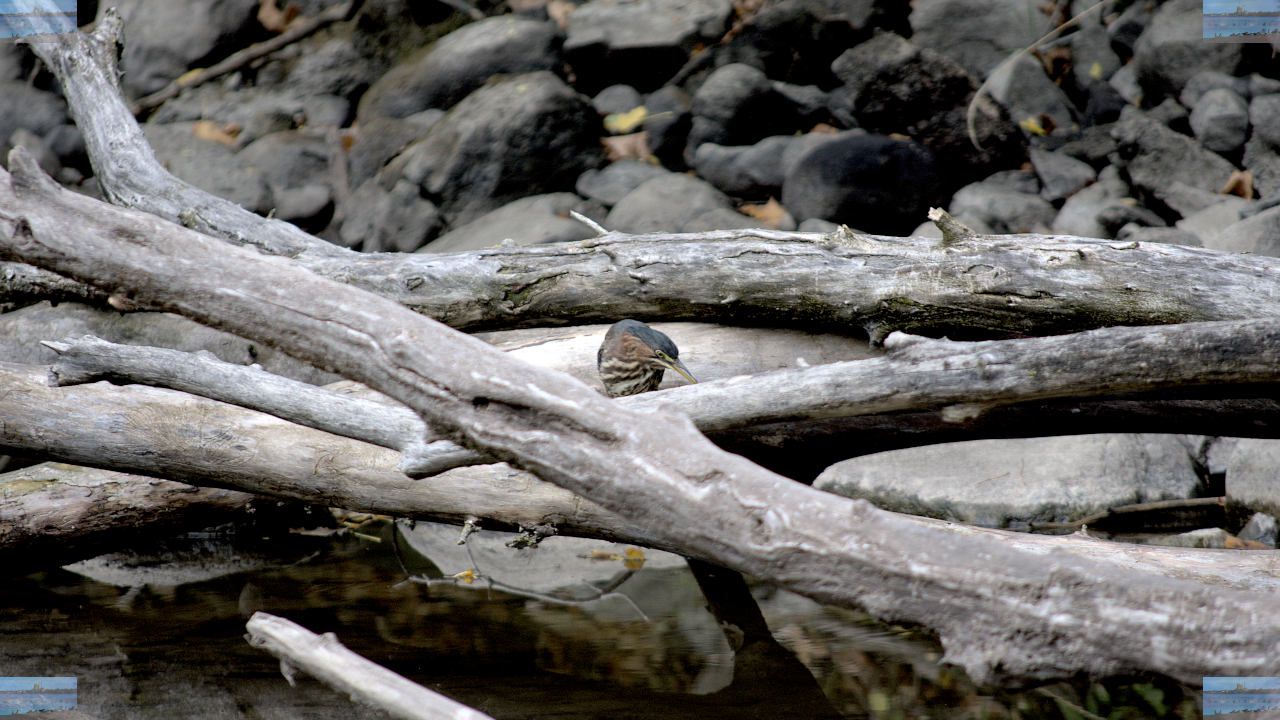
The Fox Locks connect Green Bay to the Mississippi River through Portage (WI). This pre-contact route has probably been used by humans for thousands of years and includes both overland and water segments. It was known as the Wauona Trail by Europeans like Marquette and Joliet. Three forts defined this route when it was territory contested by indigenous, Europeans and Americans: Crawford at Prairie Du Chien, Winnebago at Portage and Howard at Green Bay.
America's treaty regime included traditional connections between Lake Michigan and Mississippi. This also included the connection facilitated by the Chicago and Illinois rivers. America's industrial development included the construction of a national and colonial canal system. The two most famous on this system are the St. Lawrence Seaway and Panama Canal.
Two of the others constructed during this period were the Fox Locks over the Wisconsin River portage and the Illinois and Michigan Canal over the Chicago River portage. The economic histories of the Fox-Lower Wisconsin River valley and greater Chicagoland correlate to the development of these canals (and their replacements).
The Fox locks were completed and function. The I&M evolved into the Sanitary and Ship Canal and then the Illinois Waterway. The economic promise of Wisconsin's connection was hampered by two things. First was the upkeep (especially dredging) required to handle large ships. This is feasible but impractical.
The second factor was competition with the Chicago canal. This shipping canal facilitated Chicago's rise to national economic prominence. Chicago canal and Fox locks are a story of economic speculation, industrial development and transportation systems. There might be a set of national and state policies that would have encouraged both the historic Fox and Chicago portages to industrialize develop in parallel. The result would be today a more balanced distribution of population, economics and pollution.
Green Bay became the second city because of the national transportation network that developed through the Chicago portage and not the Wisconsin one. This narrative doesn't account for include geography and weather. Chicago's advantage is being attached to a portage further south on the western shore of Lake Michigan than Green Bay.
The feasibility of the Chicago Canal and the Fox Locks are changing with the planet. The hubris of controlling the water flow and level in order to facilitate commerce is a short term engineering feat. The implications of these acts to water resources become more relevant as water becomes more scarce due to resource mismanagement.
The inevitable conflict between human drinking water and commercial trade networks will be resolved by the people who capitalized on the federal period of canal construction (in Chicago) and not the people of the Wisconsin River.
